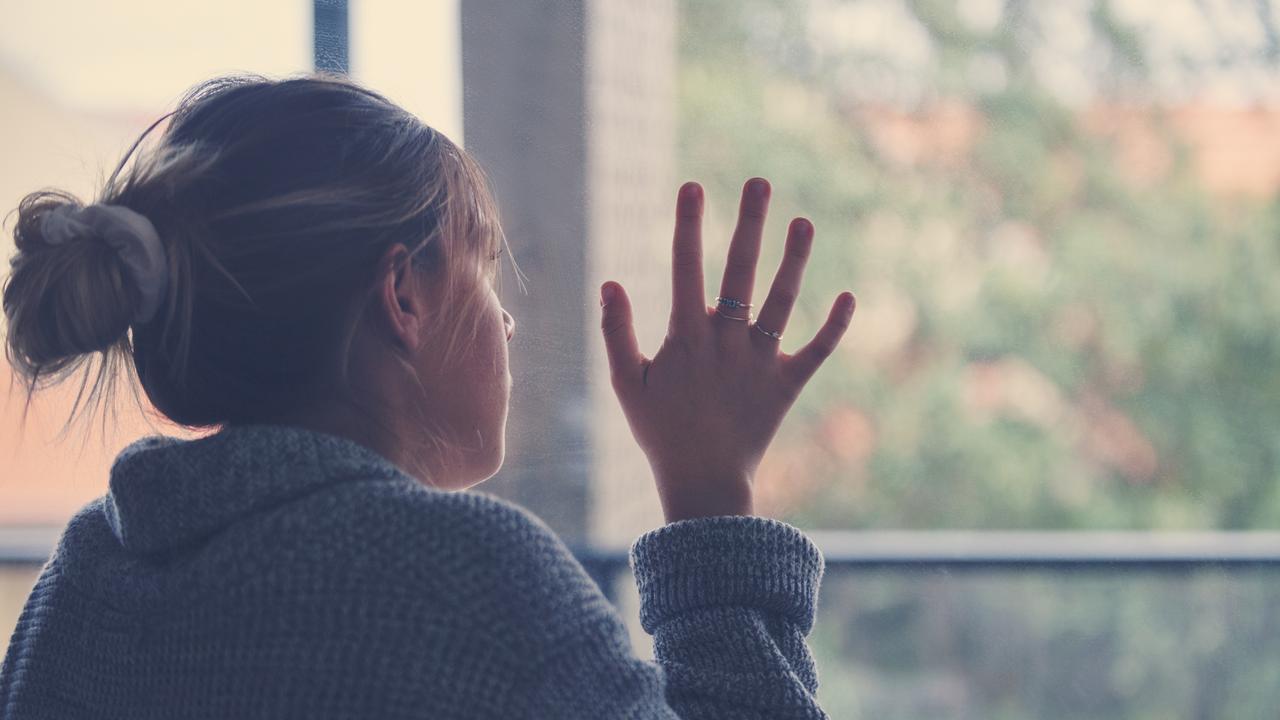Coronavirus: Ebola drug leads treatment race
A failed Ebola drug is emerging as the treatment of choice after Australian scientists helped map a key vulnerability in the coronavirus.

A failed Ebola drug is emerging as the treatment of choice for COVID-19 after Australian scientists helped map a key vulnerability in the molecular structure of the coronavirus.
By peeling back the mysteries of how the virus copies itself, the research by the University of Queensland and teams in China points to new ways to attack the disease.
Crucially, it validates the promise shown by the antiviral remdesivir to shut down COVID-19 — only months after the drug crashed out of clinical trials for Ebola, the terrifying African haemorrhagic fever that kills up to 80 per cent of victims.
Remdesivir and the Japanese influenza drug faviripavir arguably head the pack of possible treatments as scientists break the emergency glass in search of options to aid the sick. These range from the TB vaccine to early-generation HIV drugs, cancer medication interferon and the antimalarial hydroxychloroquine, noisily promoted by US President Donald Trump as a “no-lose” antidote to COVID-19.
Luke Guddat, of UQ’s School of Chemistry and Molecular Biosciences, said the collaborative study with the Chinese laid bare the inner workings of the virus and how the US-made Ebola drug interrupted it.
The research, published in the journal Science, zeroes in on the key protein receptor used by the coronavirus to copy itself. Known as a polymerase, this strings together the individual building blocks of the viral genome, supercharging the process for it to hijack healthy cells and overwhelm the body’s defences.
Unlike other candidate COVID-19 treatments that target the immune system, remdesivir attacks the virus head-on.
“We have been able to make a model of how the compound combines to this protein,” Professor Guddat told The Australian. “It’s informing us how the drug works … a validation step.
“There are a lot of validation steps along the way and one of them is to show what the target is for the compound. It could be there are other targets but most people in the field think this is the main target for remdesivir.”
In lab studies, the drug has proven effective at inhibiting the growth of the SARS virus, which is a 90 per cent genetic match to the novel coronavirus that causes COVID-19.
The results of clinical trials on COVID-19 patients in China and the US are imminent amid anecdotal reports of its success as a “Hail Mary” treatment for the severely ill and dying.
In the city of Shenzhen in southern China, 91 per cent of those given a combination of oral favipiravir and inhaled interferon showed improvement, against 62 per cent who received the HIV drugs lopinavir-ritonavir, according to local news media. The influential New England Journal of Medicine carried a call last week for widened clinical trials of the influenza drug. Mr Trump’s full-throated championing of hydroxychloro-quine has been drawn into sharp question by a study in France showing 54 people had developed serious heart complications after taking the malaria drug for COVID-19, resulting in the death of four.
Another three patients suffered cardiac arrest, the French Regional Centre of Pharmacovigilance in Nice reported. In his most recent endorse-ment of the drug, the US President repeatedly questioned why people were not taking it, saying: “What do you have to lose?”
Professor Guddat emphasised that the joint study’s findings did not amount to support for remdesivir to be repurposed by California-based drug developer Gilead Sciences, massively out of pocket from its failure on Ebola.
“I don’t think we are there yet,” he said. “The drug is being trialled all around the world and we won’t know the results for about a month. “What … we have done is determine the structure of the protein that is the target for that particular compound (remdesivir).
“If it does prove to have promise, then we can see how it works and possibly make changes to its structure to make it work better.”
The collaboration between the Chinese researchers and UQ, the only research centre outside China involved in the study, stemmed from Professor Guddat’s friendship with top Shanghai microbiologist Zihi Rao dating back to their time as PhD students in Melbourne 30 years ago. They had been working on TB research together until COVID-19 erupted, sending them in a new direction. While development of a vaccine is held out as the best hope to end the pandemic crisis, scientists are all too aware that the ambitious time frame of 12-18 months may not be achievable, making treatments imperative.
“What happens if the vaccine loses efficiency in a couple of years’ time? What happens if people didn’t get vaccinated?” Professor Guddat asked. “They would still need a drug if they developed symptoms. So you need both avenues for the long term … a vaccine to protect the majority of people but where that didn’t happen having drugs would also be a big help.”
More Coverage
Read related topics:Coronavirus





